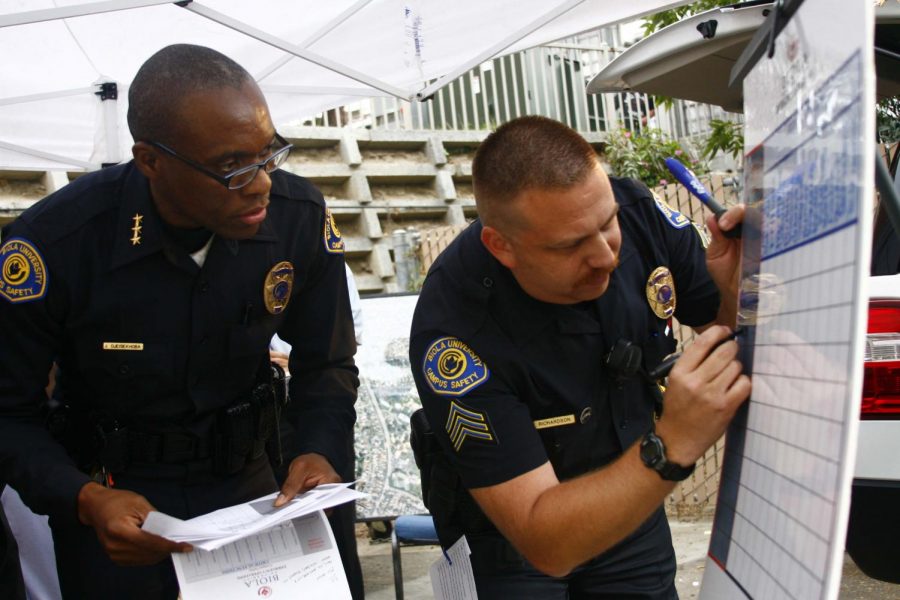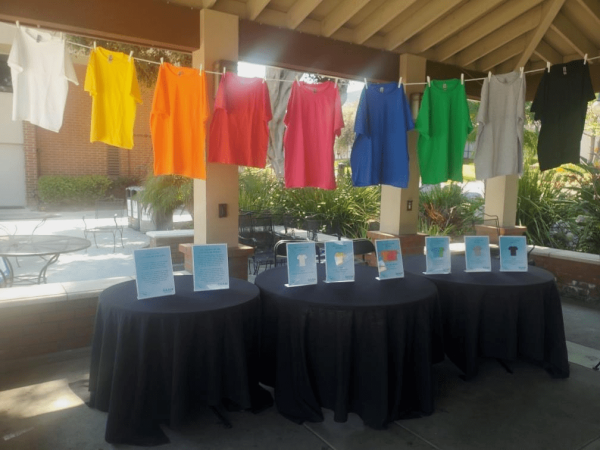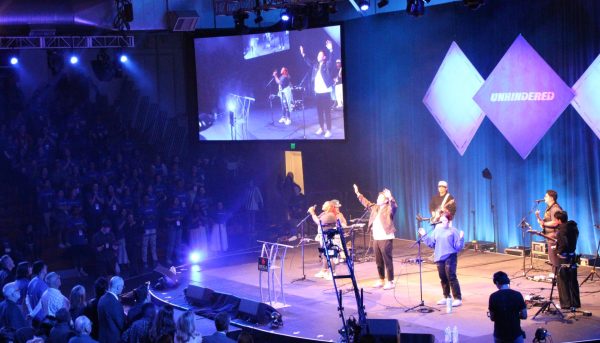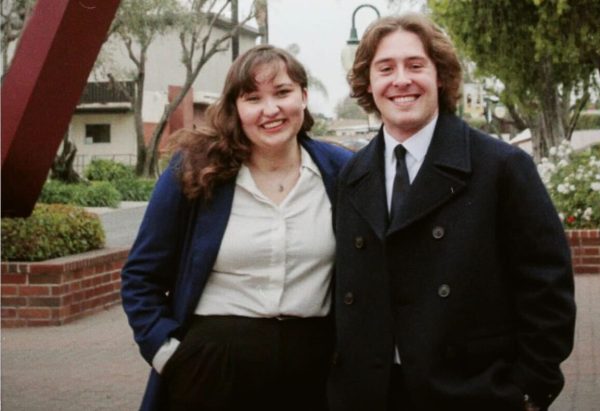Earthquake simulation uncovers cracks in Biola’s disaster response systems
Deputy Chief John Ojeisekhoba and Sergeant Randy Richardson mark the information board during the disaster simulation drill on Friday. Many students received a text message to test the effectiveness of the 3N System that Campus Safety implemented this year
November 15, 2007
Biola administrators responded to a mock 8.2 earthquake last Friday, giving Campus Safety a chance to rehearse its new campus-wide notification system and test the university’s disaster response.
The simulation, which was part of an annual city-wide effort to evaluate La Mirada’s disaster response capability, revealed both strengths and weaknesses in Biola’s ability to respond to a large-scale natural disaster.
At about 8:50 a.m., Biola’s Emergency Response Team (ERT), made up of 15 administrators from various Biola departments such as Student Life and Facility Services, responded to a text message informing them to meet near the Music and Worship building for a disaster briefing.
There, ERT members received details of the “disaster,” which included damaged dorms, loss of power and a gas-leak in the café. The ERT members were then directed to form specific response plans related to each members’ respective department.
The 2 a.m. mock time of the disaster proved problematic for the Health Center, as there would be no Health Center staffers working at the time, according to Marsha Schreiber, the medical and health representative of the ERT. Schreiber also expressed doubt at whether workers could even be brought in if a large-scale earthquake had actually occurred in the area, given that many might have problems at home or on the road.
It was suggested that Campus Safety should make up for the lack of medical personnel, but Lieutenant Jason Camorlinga said only four officers would be on duty during that time. Schreiber suggested that some Campus Safety officers be approved as emergency medical technicians in order to better help during those times.
Representatives from Facilities and Auxiliary Services came up with a detailed plan that included bringing out power generators and rationing stored food. Food could last for five days if Biola became isolated, said Don Sims, the Auxiliary Services representative.
Greg Balsano, vice president for university services, predicted that there would be shortcomings in Biola’s emergency response. However, he admitted that the ERT was given a difficult task.
“The ultimate earthquake scenario is the toughest scenario to plan for,” Balsano said.
To further test the campus notification system, a text message was sent during the simulation to more than 6,600 students and staff, informing them that the message was a test of the system and to press “1” to confirm its arrival. Within 10 minutes more than 1,000 people had responded, said Carissa Brooks, Campus Safety’s emergency operations manager.
Brooks said the notification broadcast was “really effective,” but said there were many students who didn’t get any notification because their cell phone numbers were not in Biola’s Portal, the database the system draws from. Students can update their contact information by logging into the Portal system and clicking on “Update My Info.”
“The effectiveness of the system lies on students,” she said.
The university’s network firewall system also caused problems by slowing down emergency response emails, said Jerry Powell, chief of Campus Safety. He said he is concerned about the firewall issue because it is important that students are notified quickly if there is campus-wide danger, citing the Virginia Tech shootings as an example.
3N (National Notification Network), the system that sent the messages, was acquired by Biola after the Virginia Tech shootings, and is currently in use by many universities, according to Powell. The system sends messages via a wireless signal, allowing it to operate during a power failure.
The 3N system can be accessed through Campus Safety’s “mobile command vehicle,” an SUV outfitted with computer equipment. During a severe emergency the vehicle can become a kind of “mini-Metzger,” Powell said.
People who receive calls from the system can press buttons on their phones corresponding to the type of assistance they need. Responses are organized on the system, helping Campus Safety properly respond.
Despite the technical issues, Powell said that the disaster simulation was the best he has experienced in his career. He admitted, however, that disasters are unpredictable and can overwhelm even the best of plans.
“As prepared as we think we are, we still have to adapt to the circumstances with resources available,” Powell said.
An outline of Biola’s emergency response plans can be read on Campus Safety’s section of the Biola Web site.







